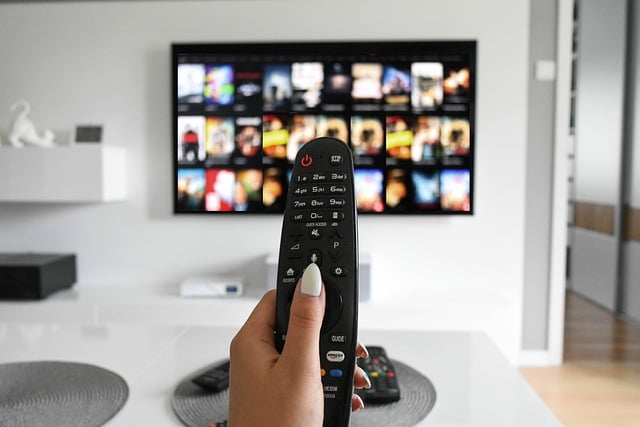In recent years, Netflix has released a flurry of anime films, many of which are hand-drawn and feature stunning 2D artwork. However, Netflix’s recent use of AI-assisted background art in its short anime film, “Fena: Pirate Princess,” has caused stirrings of unease among viewers and experts.
The film, created by Japanese animation studio Production I.G., features background artwork with highly detailed environments and characters that were partially generated using an AI-based process. By relying on AI to generate much of the background content, the studio was able to finish production of the short film in a fraction of the time it normally takes to complete hand-drawn animation.
Despite the obvious benefits that this AI-assisted approach brought to production time and cost, some have criticized the concept, arguing that AI-generated art lacks the human touch that traditional animation has, creating a flat, monotonous video experience. Others have gone preoccupied with the implications of this technology being used by a major content provider like Netflix, leading to fears that AI technology could be used to diminish the quality of animated content for the sake of a quick buck.
Furthermore, some experts have warned that using AI-inspired art could lead to a mass homogenization of style, where the same computer-generated images are used throughout film and television, making it difficult to identify an individual artist’s original work without a keen eye. Such fears lead to the notion that Hollywood and other content providers could capitalize on innovations in AI technology, using it as a cheap shortcut to mass produce content that has lost its originality in the process.
It’s clear that Netflix’s use of AI-assisted art in “Fena: Pirate Princess” has caused friction among anime fans and experts alike. As the technology becomes more advanced and accessible, it will be interesting to see how content providers and artists respond to the promise and possible problems that AI-generated art brings to the table.

